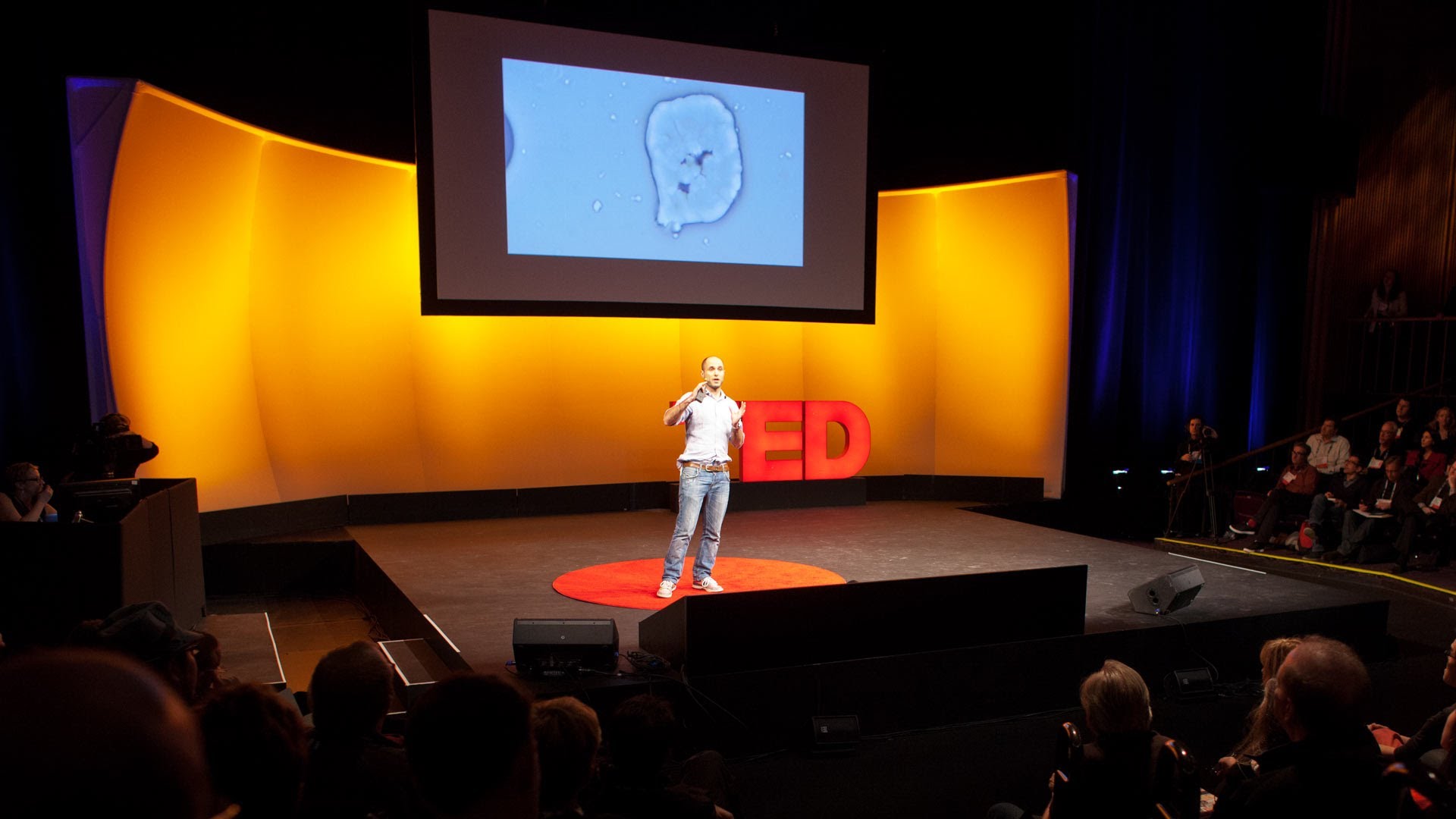As you know, I am way more concerned about our cavalier attitude to inorganic resources than I am to re-growable, sustainable organic ones. We chuck batteries away in their millions. We scrap computers, cameras and catalytic converters. All of them contain scarce and rare earth elements that are truly limited in supply (unless we can mine asteroids ~ and I’m all for that!). So, I was fascinated by this article. Of course we don’t address what happened if we suck Lithium out of our seas, but for now, it’s a fascinating look at a by-product of desalination.
Thanks to desalinization we can take the salt out of sea water. In many places, this is an important ability, either because there is no water, or their sources are growing low.
But desalinization traditionally uses massive amounts of energy (which also makes it massively expensive). Which is why, even in cities by the sea, we don’t see much desalinization today.
But a team of scientists from Australia and the US has developed a new water desalination technique that can not only make seawater fresh enough to drink, but can also recover lithium ions for use in batteries. It’s a new technology, a membrane for filtering seawater that mimics the membrane of a living cell. This new filter doesn’t require forcing the water through it (which is what takes all that energy and costs all that money) – but still does the work of producing clean, drinkable water – straight out of the sea.
But this new membrane has another plus as well. It turns out that seawater has a lot of lithium in it, and this new process can filter out that lithium. That’s good because this is the same lithium that goes into lithium-ion (Li-ion) batteries – the batteries that run laptops when they’re not plugged. Also cell phones, tablets, digital cameras, and cordless power tools (like sanders, drills, hedge trimmers). And yes, electric car batteries too. Which means, like clean drinking water, the demand for lithium is also putting pressure on the supply.
So you might say truly, this is a magic membrane, that might be the answer to two critical shortages at once. And the starting point for this magic – is toluene. Now, if you don’t know what that is, you’re not alone. Toluene is a petrochemical, made from petroleum, working quietly in the background. In this case, toluene is used in step one of a series of chemical reactions, which eventually gets us to a zeolitic imidazolate framework, which is the basis of the new membrane filter.
And it’s not just lithium. Damian Palin proposes an idea for seawater: Mine it for other minerals we need, with the help of some collaborative metal-munching bacteria.

